Heat Rash In Adults: Causes, Treatment, And Prevention Tips
Not all rashes are allergies—taking note of the symptoms can help you find the right remedy.

Image: Shutterstock
Heat rash, medically known as miliaria, is very common in warm climates with high humidity. Although children and infants are more susceptible to miliaria, it can affect people of all ages and genders (1). There are a few main causes that cause heat rash in adults. Depending on its type, this type of rash can be inflammatory or non-inflammatory. In this article, we discuss the causes, types, and symptoms of this issue, along with the heat rash treatment and management options available for adults. Keep reading!

In This Article
What Is Heat Rash?

Heat rash is known by many names, such as eccrine miliaria, prickly heat, and sweat rash. It is a common skin issue that occurs when the eccrine sweat glands and ducts are blocked (1).
The eccrine sweat glands produce a majority of the body’s sweat. These glands can be found in the skin all over the body. When these sweat glands are blocked, the sweat produced is sent back into the dermis or epidermis layer of the skin. This causes a heat rash under the skin.
Prickly heat causes discomfort, nocturnal restlessness, and daily skin irritation (2). It can also lead to serious medical issues like impetigoi A common skin infection in children caused by Staphylococcus bacteria that results in a crusty and swollen patch of skin on the face. , folliculitisi A common skin condition where hair follicle inflammation results in small bumps around the tiny pockets where each hair grows. , and furunculosisi A painful skin condition marked by pus-filled bumps that develop after a hair follicle becomes infected. .
This condition is most commonly noticed during summer and is associated with a high fever. So what causes the eccrine glands in the skin to clog? There are three main causes that you can learn about in the next section.
Key Takeaways
- A heat rash, known as miliaria, develops when sweat ducts get blocked in hot and humid weather.
- Excessive sweating, bacteria like staphylococcus epidermidis, certain medications, and a few medical conditions can lead to a heat rash.
- If you notice any symptoms of heat rash like blisters or itching, consult a doctor before trying any treatments.
- Heat rashes commonly affect adults in their upper trunk, neck, and head regions.
Causes Of Heat Rash
- Medical Conditions
Type 1 Pseudohypoaldosteronism is a condition where excessive amounts of sodium are released from the body, leading to its deficiency. One of the ways sodium is released is through the sweat glands. This condition has been associated with a type of miliaria known as rubra (1).
A rare autosomal recessive disease known as Morvan syndrome also leads to hyperhidrosis (excessive sweating), which may cause heat rash (1).
- Medications

Certain medications can cause your body to sweat excessively, leading to heat rash. Bethanechol, clonidine, and neostigmine have been known to cause miliaria. In some cases, isotretinoin may also cause heat rash (1).
- Bacteria
Bacteria like Staphylococcus epidermidis may cause blockages in the eccrine glands. These bacteria form biofilms that clog the glands, causing sweat to seep into the epidermis or dermis. This leads to overhydration, swelling, and further blockage of ducts. If left unmanaged, it can lead to the rupture of these glands and ducts (1).
- General Causes
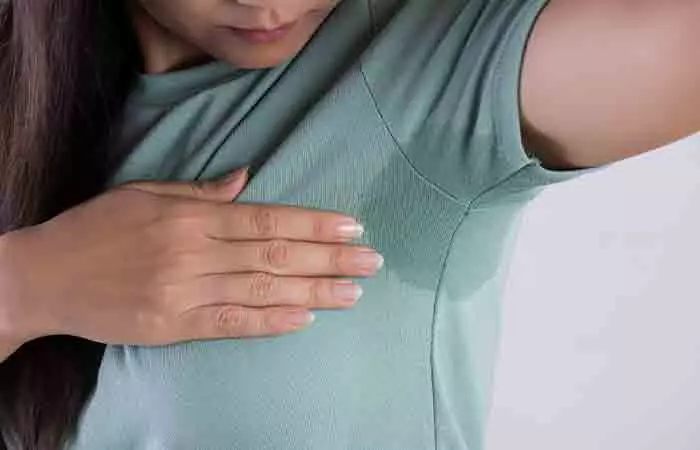
Tight clothes, strenuous physical activity, and drug patches may also cause blockages in the eccrine sweat glands. Excessive sweating leads to overhydration of the stratum corneum, which leads to blockages. Also, it is common to sweat excessively in hot and humid conditions (1).
Some ducts become dilated under pressure, leading to their eventual rupture, which causes sweat to clog the skin. In some cases, UV ray exposure may cause damage to epidermal cells, which leads to duct rupture (1).
All of these causes can lead to three different types of heat rash, namely miliaria crystallina, rubra, and profunda. Learn more about them in the next section.
Different Types Of Heat Rash (Miliaria)
- Miliaria Crystallina: This type of heat rash occurs when the ducts of the stratum corneum (outermost layer of the skin) are blocked. They form vesicles (small liquid blockages) in the ducts (1).
- Miliaria Rubra:This type of heat rash occurs due to a blockage in the ducts of the epidermis at the subcorneal layers (the layer below the topmost layer of the skin). It may form spongiosis (spaces in the skin that mimic a sponge), leading to blockages. It can cause inflammation around the blocked ducts (1).
- Miliaria Profunda:Blockages in the papillary dermis (between the dermal and epidermal layers) lead to this type of heat rash. It may also cause spongiosis of the eccrine duct, similar to miliaria rubra. It leads to the rupture of the eccrine duct paired with significant inflammation (1).
 Quick Tip
Quick TipEach of these types has specific characteristics or symptoms to help you distinguish between them. Keep reading to learn more about them.
Symptoms Of Heat Rash
- The rash appears mostly in areas that sweat a lot, like the neck, chest, and back.
- Miliaria crystallina appears as 1 to 2 mm superficial vesicles. The vesicles look like water droplets on the skin that are about to erupt. The rash usually appears within a few days of exposure to a trigger and resolves within a day after the superficial layer of skin sheds (1).
- Miliaria rubra is the most prevalent form of miliaria and may exhibit large red papules and vesicles (1). If pustules are present, then miliaria rubra is called miliaria pustulosa, and it may be a risk factor for secondary bacterial infections. It may lead to inflammation such as pain and itching, which could worsen because of sweat.
- Miliaria profunda shows up as firm, large, flesh-colored papules that are not centered around the follicles (1). These papules may be very itchy or not itchy at all.
 Quick Tip
Quick TipCommon symptoms to look out for include:
- Excessive sweating
- Clogged and sweaty skin
- Itching and redness
- Sponge-like spaces on the skin
- Sticky skin
- Burning sensation
- Blisters
Now that you know the causes and symptoms of heat rash, you can easily differentiate it from hives due to allergic reactions. Keep reading to learn how each of these types of heat rashes affects adults.
Heat Rash In Adults

- Miliaria crystallina affects both adults and infants, usually younger than 2 weeks old. The upper trunk, neck, and head are the most commonly affected sites (1).
- In adults, miliaria rubra is most likely seen in places where clothes rub on the skin, such as the trunk and extremities. The face is usually spared (1).
- In miliaria profunda, the rash distribution in adults mainly involves the trunk, but the arms and legs may also be affected. The skin rash usually appears within minutes to hours of perspiration and resolves within an hour after you stop sweating (1).
Identifying miliaria requires a thorough clinical diagnosis. Find out how it is diagnosed in the next section.
Diagnosis Of Heat Rash
In most cases, lab tests are inconclusive. However, dermoscopy is sometimes used to diagnose miliaria in people with dark skin. Some doctors may also recommend a skin punch biopsy to determine if you have a heat rash. However, a biopsy is rarely necessary for miliaria unless there is some scope for doubt.
It is important to get the right diagnosis from a doctor as this condition may cause serious complications like anhidrosis (little to no sweat), leading to heat exhaustion and decreased thermoregulationi The biological process of producing heat and maintaining a stable internal temperature necessary for survival is known as thermoregulation. in the body. This could have a permanent effect on your health.
This skin condition also causes changes in the epidermal layer, which could lead to bacterial infections.
Some wonder if a heat rash can spread. The following section can offer more clarity. Continue reading.
Can A Heat Rash Spread?
As we saw, heat rashes are often triggered by hot and humid conditions and primarily affect areas where sweat becomes trapped in blocked sweat ducts. Although they don’t spread among people, they can indeed spread across the body. If left unaddressed, they can extend to adjacent skin regions as the underlying sweat ducts continue to clog. Hence, it is crucial to keep the affected areas cool and dry.
Managing and treating a heat rash on time is key. Check out the next section for some treatment and management options you should follow to steer clear of and reduce heat rash.
Treatment And Management Options

Miliaria crystallina usually resolves on its own within 24 hours. And the miliaria rubra treatment focuses on reducing inflammation. Mild to mid-potency corticosteroids, like triamcinolone 0.1% cream, may be prescribed for one to two weeks (1).
In some cases, miliaria rubra may lead to miliaria pustulosa with the formation of pustules. These pustules are most commonly sterile and non-infective; However, secondary infections with Staphylococcus aureusi A type of bacteria highly contagious and responsible for cellulitis, abscesses (boils), and other skin and soft tissue infections. may occur. In those cases, topical antibiotics, such as clindamycin, may be prescribed. The combined use of oral isotretinoin (40 mg per day) for 2 months and topical anhydrous lanolin may be effective in reducing miliaria profunda(1).
Besides these medical treatments, you can follow a few tips to treat and prevent heat rash:
- This skin issue can be treated with antibiotic, antimicrobial, and steroidal agents (3). Topical lotions, powders, gels, and ointments (containing a cleaning agent) may also be used. The cleansing agent removes all impurities from the skin to prevent any clogging.
- Soothing, anti-inflammatory, antipruritic, and cooling agents may also be prescribed.
- Natural home remedies for prickly heat, like an oatmeal bath, aloe vera massage, baking soda paste, sandalwood powder, Fuller’s earth, margosa leaves, and gram flour, may help soothe them.
- Miliaria rubra is generally reversible and responds immediately to cooling measures such as air conditioning, gentle breeze from a fan, or removal of excessive clothing.
- Supplemental vitamin C may help restore normal sweating in stubborn cases.
- Lightweight, loose, and soft cotton clothing is advisable for summer wear, as cotton is very absorbent and keeps moisture away from the skin.
- Exfoliate the skin to remove any blocking substances such as sweat, dirt, and product residue. Remember to be gentle while exfoliating and practice it regularly, i.e., once or twice a week.
- Remove bandages or patches that could lead to sweat clogging. You should also treat febrile illnesses to prevent any risk of heat rashes.
Note: Topical agents such as powders, creams, and ointments (that are formulated for treating heat rash) are usually ineffective and may exacerbate a heat rash by keeping the skin warm and further occluding the pores.
Infographic: A Complete Guide On Heat Rash
Factors like medications, tight clothes, and certain bacteria may result in heat rashes. These rashes cause discomfort, irritation, and deterioration of healthy skin texture. If you are worried about how to manage them, fret not. We have rounded up the causes and natural remedies to treat heat rashes in the infographic below. Scroll down to know more!
Some thing wrong with infographic shortcode. please verify shortcode syntaxThe Bottom Line
Heat rashes are caused when your sweat glands are blocked. This leads to a sweat build-up in the top layers of the skin. These blockages may be caused due to ductal ruptures, excessive sweating, bacteria, and other risk factors. Wearing tight clothes can also lead to this issue. There are three types of miliaria (heat rash) that have characteristic features to help you tell them apart. Scroll up to read through the treatment options to help soothe and reduce heat rashes.
Frequently Asked Questions
Is it safe to treat heat rash at home?
Yes, it is generally safe to treat heat rash at home with simple remedies like cooling the skin, staying in a cool environment, and applying soothing lotions or powders. However, if the rash worsens or signs of infection appear, it’s best to consult a doctor.
Does heat rash in adults go away on its own?
Yes. Heat rashes get better on their own within days. But, severe cases can last for several weeks in adults.
Can dehydration cause heat rash in adults?
Yes. Drinking plenty of water for adequate hydration in hot environments may help with heat rash prevention in adults.
Is Vaseline good for heat rash in adults?
Yes. Vaseline helps relieve the discomfort caused by heat rash.
Illustration: Heat Rash In Adults: Causes, Treatment, And Prevention Tips

Image: Dall·E/StyleCraze Design Team
Summer heat got you feeling prickly? Don’t sweat it! Dive into this video and discover easy solutions to soothe and prevent heat rash all season long.
References
Articles on StyleCraze are backed by verified information from peer-reviewed and academic research papers, reputed organizations, research institutions, and medical associations to ensure accuracy and relevance. Read our editorial policy to learn more.
- Miliaria
https://www.ncbi.nlm.nih.gov/books/NBK537176/ - Studies on Prickly Heat
https://www.sciencedirect.com/?ref=pdf_download&fr=RR-11&rr=80e2795489114af2 - Miliaria: An Update
https://www.rjpbcs.com/pdf/2017_8(4)/[162].pdf
Read full bio of Dr. Sanober Pezad Doctor
Read full bio of Anjali Sayee
Read full bio of Ramona Sinha
Read full bio of Medha Deb








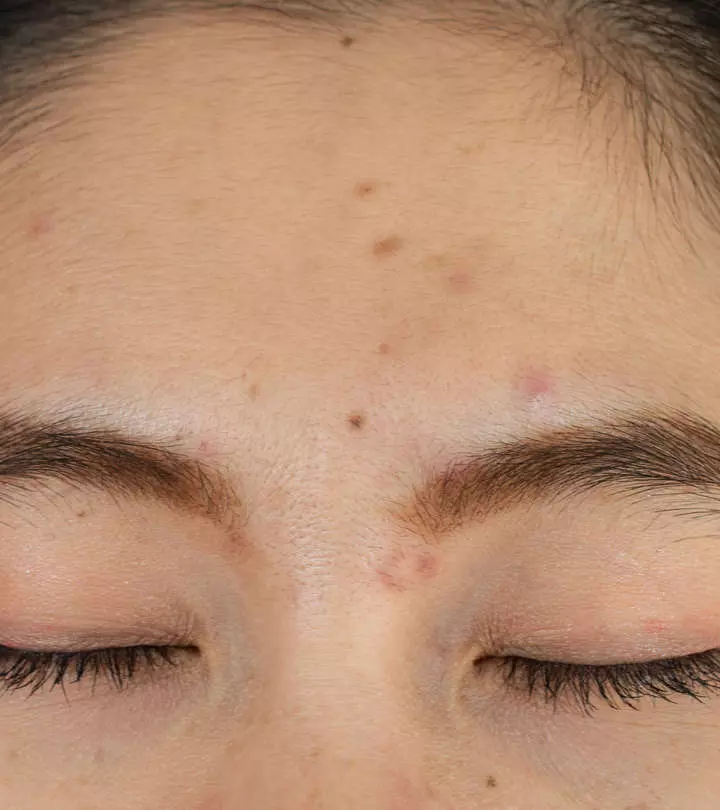
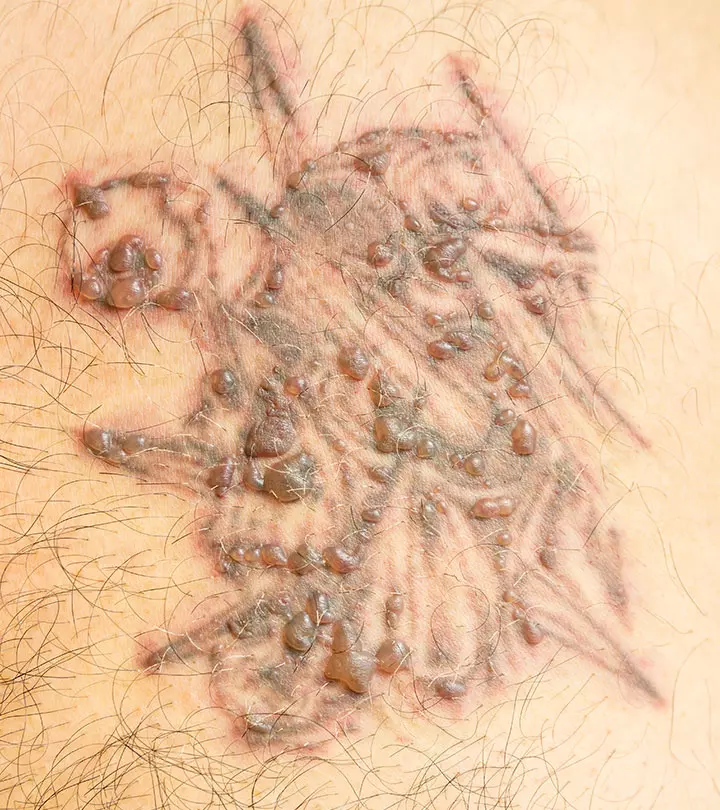

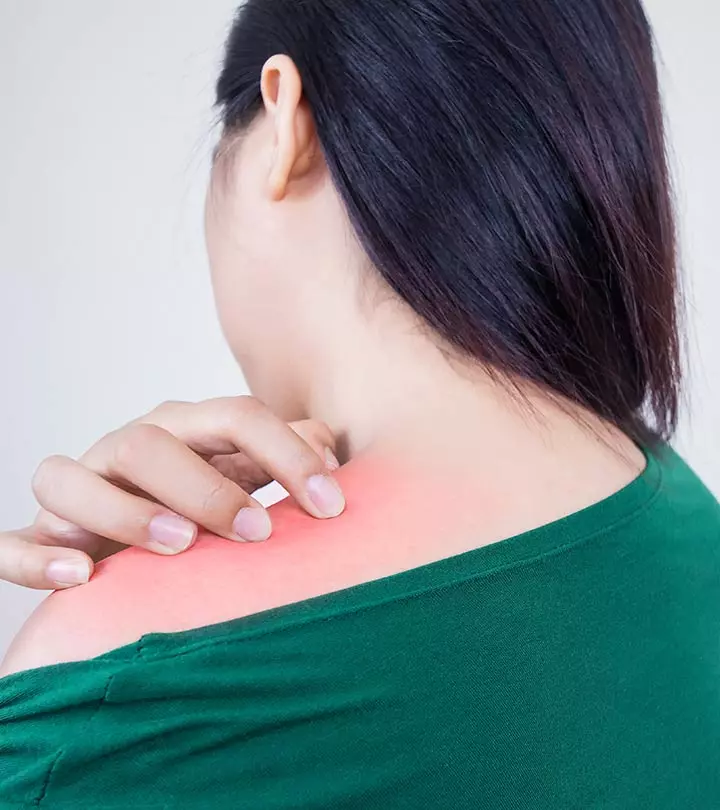
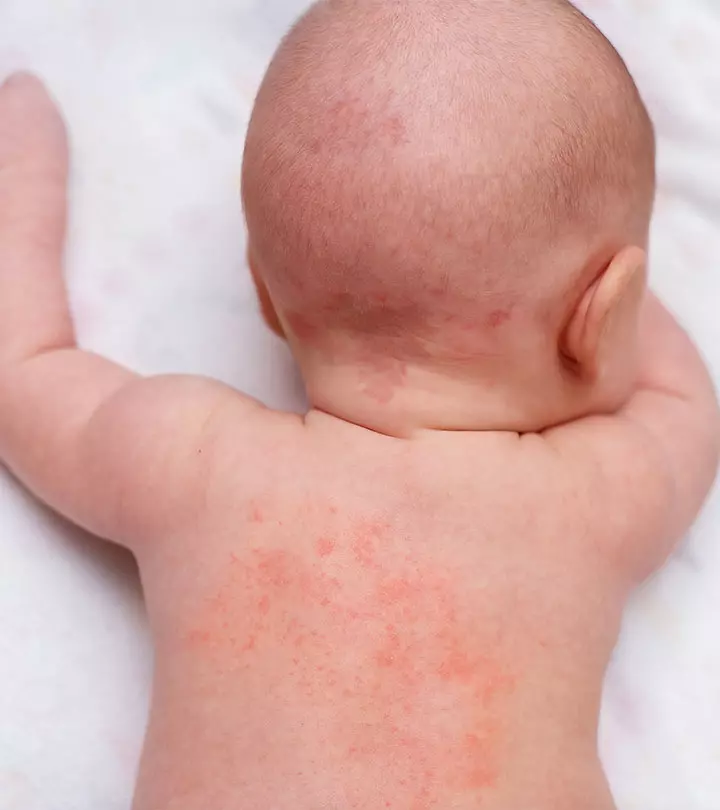


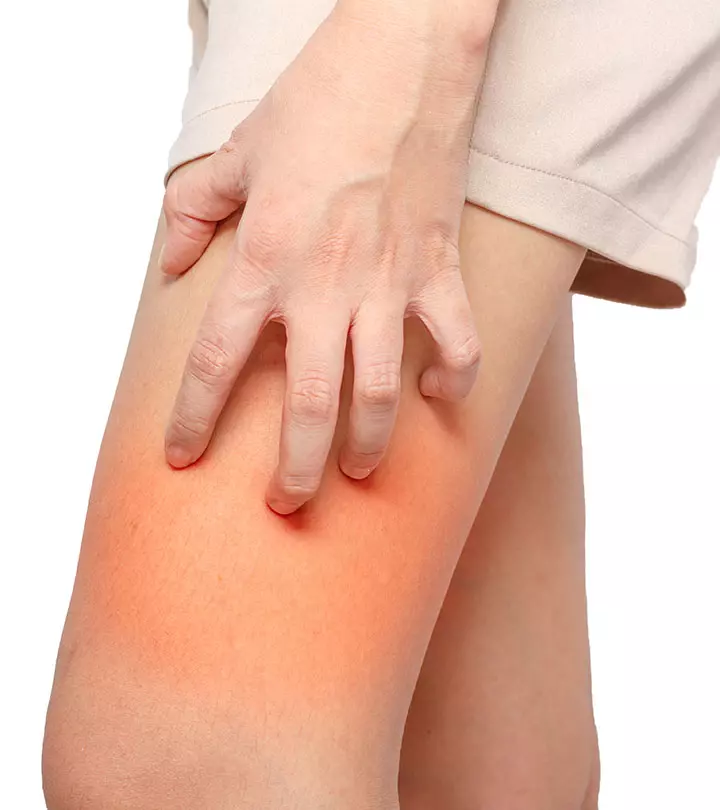

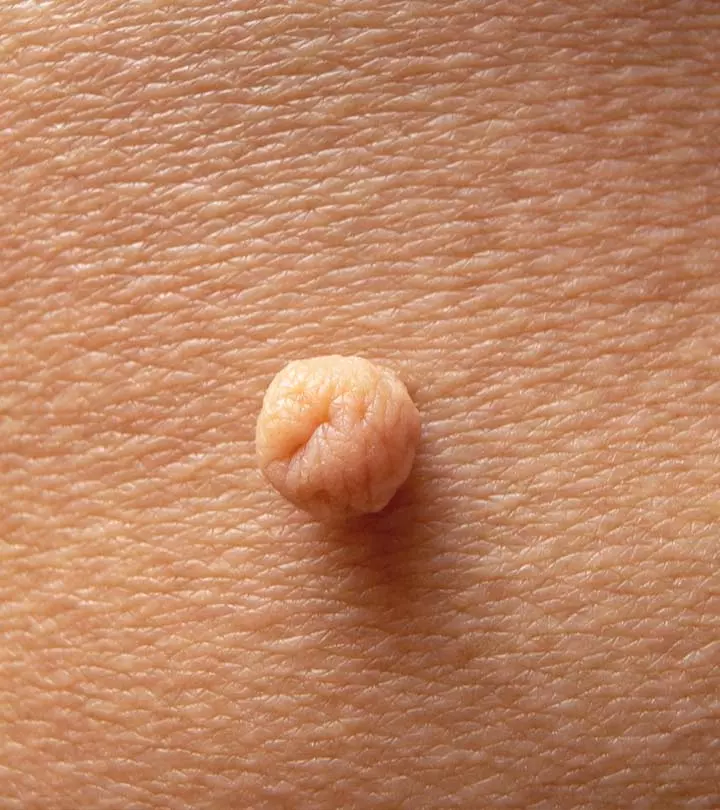


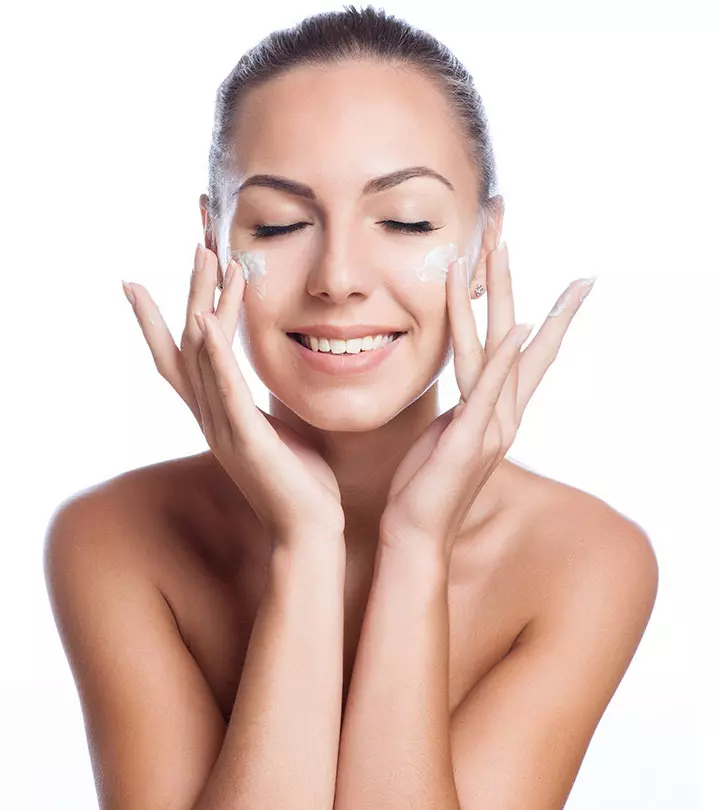

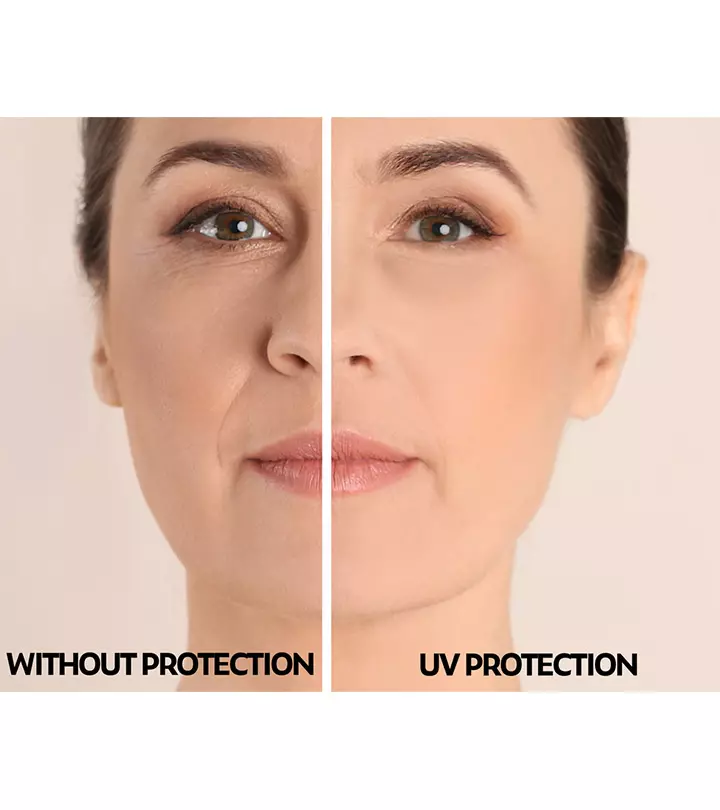



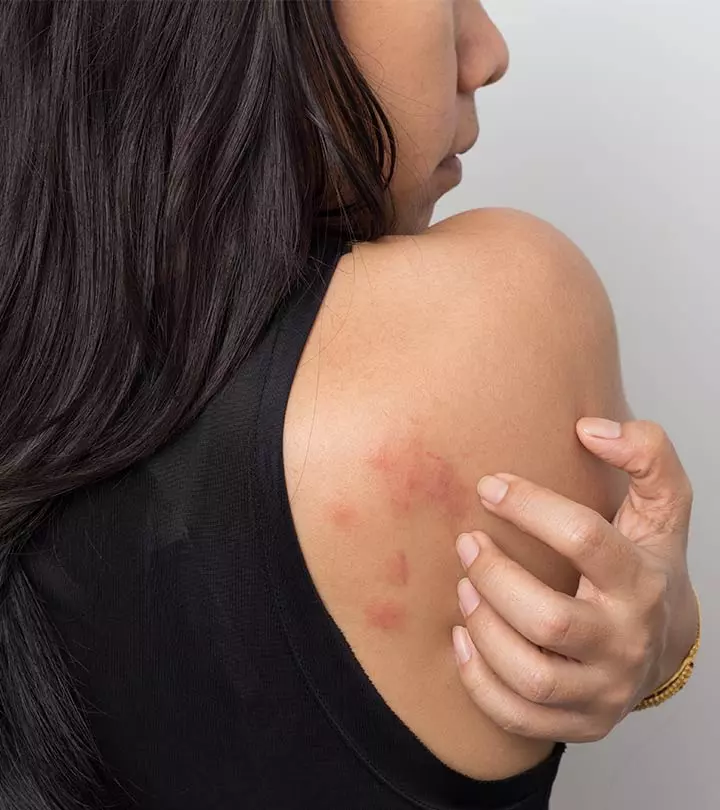
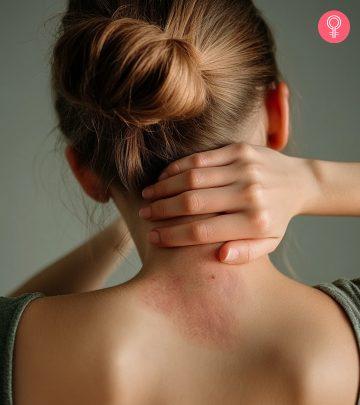
Community Experiences
Join the conversation and become a part of our empowering community! Share your stories, experiences, and insights to connect with other beauty, lifestyle, and health enthusiasts.